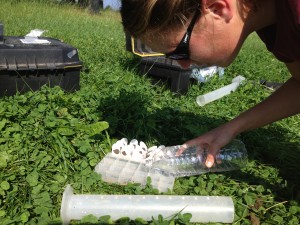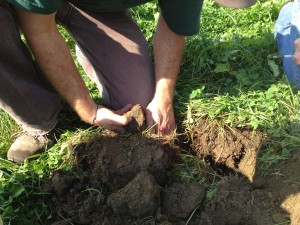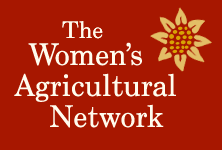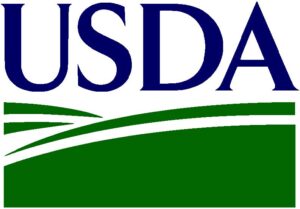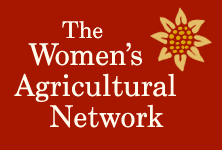I recently attended a three-day soil health training hosted by the USDA-NRCS National Soil Health Training team, along with about 40 other statewide partners and NRCS field staff. The intent of the training was to help us think about soil productivity in a new way by better understanding the aspects of soil health. The upshot: we don’t spend enough time thinking about the biological life in our soils.
In truth, soil health comes from a range of factors, including chemical (pH, presence or absence of macro and micro nutrients); biological (organic matter, active carbon, root health); and physical (aggregate stability, water capacity, surface and subsurface hardness). These factors may seem separate, but they are highly interrelated.
For example, compaction is often seen as a sign of physical limitation in the soil. Compaction, caused by heavy equipment, repeated tillage or animal traffic, occurs when soil particulates are pressed together leaving little space between them. Soil scientists also believe that compaction is a sign of biological limitation, “due to a lack of living roots and mycorrhizal fungus in the soil.” For more about the biology of soil compaction, check out this great publication from Ohio State University.
Healthy soils are typically half solid and half pore space, which allows water and air to pass through as well as providing habitat for soil organisms. These organisms thrive on soil organic matter and consume active carbon in the form of plant sugars and glomalin.
Glomalin is described as a “glue” that binds soil particles together and maintains a net structure between soil particles, plant roots and soil fungi. Exposing subsoil particles to oxygen through tillage kills soil microorganisms and dissolves this glue. This is one of the reasons why maintaining soil cover, through well-managed pasture and cover crops, is so important to soil and water quality.
Increasing soil organic matter can reduce soil compaction by creating a sponge to absorb water and resist weight, create spaces for air and water, control oxygen in the soil, and feed soil microbes so they can maintain soil structure.
Our training class spent time learning to assess the different physical and biological aspects of soil at a nearby farm. We measured soil respiration, water infiltration rate, soil erosion, biological life, compaction depth, and more. As a person with a stronger animal science background than agronomy background, one trainer’s comment really resonated with me. He said, ‘Think of the biological health of the soil just like maintaining an animal’s rumen health. To keep an animal healthy and productive, you have to feed it.’ The primary way to feed your soil microbes: give them carbon from plant matter. Decomposing roots through planted cover crops like tillage radishes, sloughing root matter from pasture rotation, and increased plant “trampling” or grazing residual are all
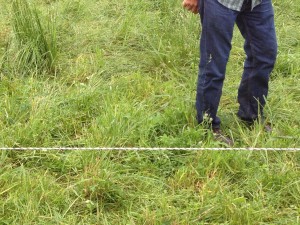
This may look like too much grass, but don’t forget that the livestock UNDERground need to be fed, too!
ways to feed those microbes. Despite what it might feel like (especially leaving extra grazing residual), that carbon won’t be going to waste. Feeding bacteria, fungi, nematodes and more soil-living creatures will increase your soil organic matter, improve nutrient cycling, produce better (and higher quality) forages, and encourage water retention.
Soil health is an old concept that we are learning more about every day. If you’d like to learn more, join us for a full day on soil health at the 18th Annual VT Grazing & Livestock Conference.

